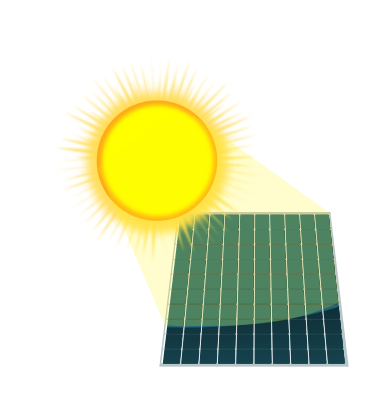cross-posted from: https://slrpnk.net/post/23170535
Building “alternative” energy infrastructure isn’t enough. To avert climate disaster, fossil fuels need to be restricted, and energy consumption overall needs to fall.
archived (Wayback Machine)
If everyone simply switched from fossil fuels to “clean” energy sources, and nothing else changed, that would actually be suicidal for life on Earth.



My understanding is that they want to consider only the effect that human activities are having on the climate, and so they account for all sources of humans’ emissions, but the amount of photosynthesis currently happening would happen even in the absence of human activity. Including photosynthesis in the accounting for humans’ emissions therefore doesn’t make sense, whereas accounting for deforestation is crucial, as that is a real change due to human activity; even if deforested land reforests itself, the initial emissions would not have occurred if not for humans’ actions.
Sure, but if unforested land is artificially forested, or deforested land is reforested faster than would occur naturally, or human activity causes an increase in plant cover unintentionally (for example, if increased carbon dioxide spurs in increase in plant growth beyond the previous norm), then the photosynthesis done by those extra plants would be caused by humans, surely?
If historically unforested land is artificially forested, then that might be worth crediting to humans, but that has never happened on a meaningful scale, and realistically, I don’t know if it could. If deforested land grows back (at whatever rate), then that is just nature cleaning up the mess as it always has, and the amount of carbon dioxide sequestered on that land is always going to be less than what would have been sequestered had humans not slashed and burned the vegetation in the first place. The forest has to recapture the amount of carbon dioxide released by deforestation just to “catch up” before it can continue where it left off, so to speak.